SOUND BASICS.........(Understanding Distortion )
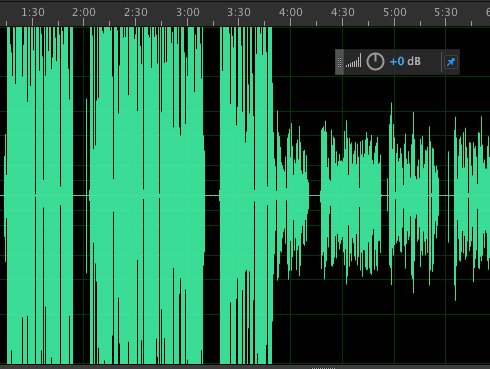
Image source
Hello everyone, it's @jamesub, and today we will be looking at audio distortion. When it comes to the production of music and recording to be specific, this is something you will want to do away with. Although it has many creative uses in popular music, distortion is something to be avoided if you want to make accurate recordings of acoustic instruments.
Distortion:-
This can be defined as the variation of any kind between the input and the output signal. or simply say distortion is any change made to a waveform: even a simple to the amplitude is technically a form of distortion. But from a practical point of few, though, distortion refers to any alteration which adds frequencies not present in the original sound or changes the duration of those characteristics that changes the nature of a sound in an undesirable way.
TYPES OF DISTORTION
Harmonic distortion:-
This is the addition of frequencies not present in the original waveform, which bears a harmonic relationship to the frequencies in the input waveform. This type of distortion is commonly associated with overloading of circuits, although it can occur at levels well below the maximum limit.
N/B: when a circuit is severely overloaded the peaks of the waveform are limited in a radical way and this process is commonly called clipping because the top of the waveform is literally clipped off in a graph of the output signal.
Clipping results in the additional harmonic frequency not present in the input waveform. At levels below complete overloading both harmonics and sub-harmonics distortion also commonly occur in speakers.
N/B: The occurrence of these is accepted as natural, but keeping them at a reasonable minimum is a basic objective of sensible speaker design.
Transient distortion:-
This is the inability of a component to effectively reproduce rapid changes in the intensity of a signal. This type of distortion results mostly from a delay in the time the output waveform takes to accomplish an intensity change equivalent to that of the input waveform.
Since no component is perfect, some degree of transient distortion occurs at every sage. Also, this type of distortion is negligible in low-level components.
While transient distortion can occur in any component, it is a characteristic which tends to occur most noticeably in power amplifiers and transducers, and usually most severely in loudspeakers. This is because of the relatively large physical mass of the vibrating element, particularly the cone-driven speakers. The momentum of the cone can cause it to take extra time to catch up to radical changes in the intensity of the input waveform.
N/B: This type of distortion can also result from structural fault or resonances in a horn or speaker enclosure. And having been set into motion, they can continue for a brief period even after the driver stops moving.
It is historically assumed that some degree of transient distortion is unavoidable, it is most commonly measured as 'Transient response'. A higher degree of transient response means there is lower transient distortion.
Lack of good transient response can also occur to a sometimes notable extent in moving coil microphones, and in relatively low budget power amplifiers.
N/B: In power amplifiers, transient response is measured as 'Slew rate'. And also the greater the capability of a power amplifier is, the higher its slew rate.
Intermodulation distortion:-
This type of distortion occurs as a result of widely different frequencies being produced simultaneously, and it usually occurs in amplifiers and loudspeakers. When intermodulation distortion occurs in speakers, it is commonly a result of Doppler effect.
N/B: Doppler distortion is sometimes regarded as a completely different form of distortion, though technically it is a form of intermodulation distortion.
When it occurs in amplifiers, it is a result of the basic difficulty involved in producing widely varied frequencies simultaneously at high power output levels which cause a new non-harmonically related frequency to be created.
Phase distortion:-
This is any alteration of the phase relationship of frequencies by a component. Phase distortion is possibly the least insidious of all the forms of distortion. This type of distortion is possible in any component but tends to be most characteristic of electronic crossovers, which commonly shift the phase of their output. When this type of distortion occurs in amplifiers or equalizers, the effect is a natural part of a typical acoustic environment.
N/B: Distortion levels are normally measured as a percentage of the overall signal level, and need to be referenced to a particular operating level in order to be meaningful.
Distortion can occur at any point in the signal flow.
some Factors to take into consideration (Minimising Distortion):-
Distortion can occur at almost any point in the audio signal flow, from the microphone to the speaker. finding the exact source is the first priority in other to solve the problem. Here are some things to look for
• Placement of microphone:
It is important to move the microphone away from the source of noise or use a pop filter also known as the pop shield in order to avoid distortion.
• “Peak” or “Clip” lights:
Look our for “peak” or “clip” lights on any of the equipment being used as they serve as warning signs. Try your best to stay in the green zone at every point in the signal flow.
• Volume or Gain Controls:
Turning the volume or gain controls up too high can cause distortion.
• Speakers limit:
If an amplifier is pushing the speakers beyond their designed limits, this causes distortion which might become permanent. This type of distortion is also known as “clipping” and is the worst form of distortion.
• Faulty Equipment:
Using faulty equipment can also cause distortion. Therefore, check to see what needs to be done to maintain equipment.
That will be all for now, thanks for reading. I hope you learn something today? leave your questions through comment and I promise to get back to you.
Once again this was @jamesub saying bye for now and I hope to see you soon!..

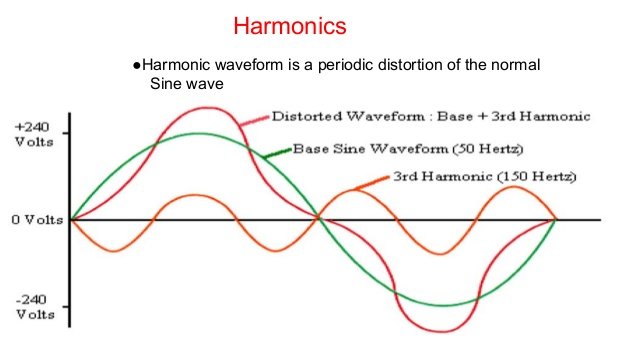
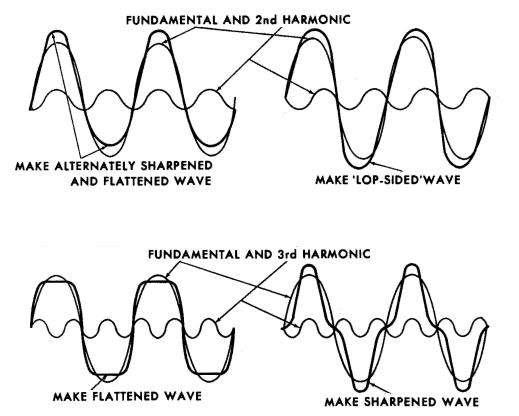
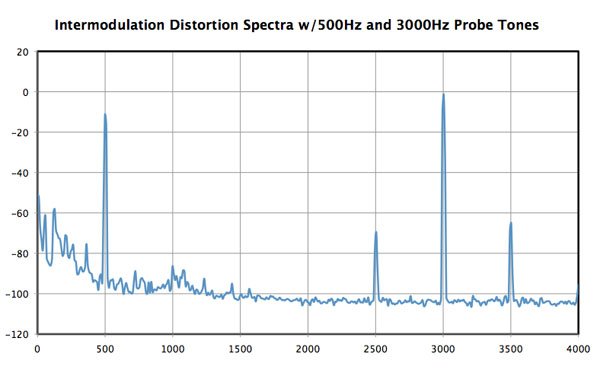
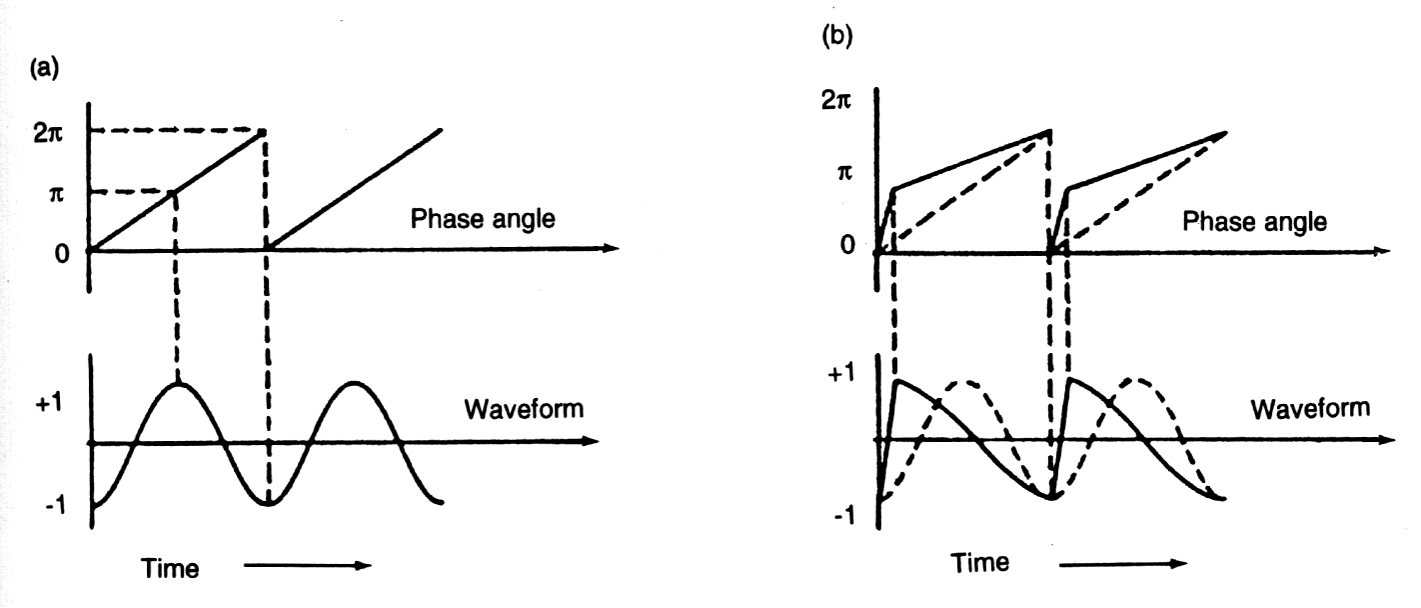
Distortion isnt always bad, guitar can be overdriven for effects and vocals usually have some amount of sweet harmonic distortion to help out the vocals.
Super Wavy🌊!!
Hala Bigwaves...
Man, i prolly should get ya some cheerleaders for added effect!
Your right @bigwaves, and that's if kept within bounds. But the general perception of distortion is that it makes audio sound less clear.